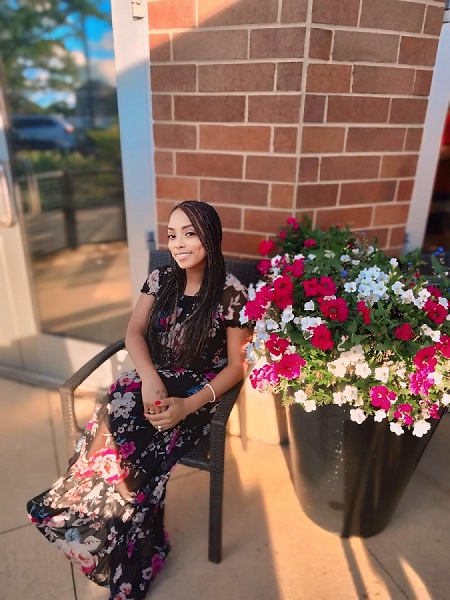How Interior Designer Tricia Tee Alampi is Using Her Skills to Address the Affordable Housing Crisis

Tricia Tee Alampi, Ph.D., who is known as Tee, is a passionate interior designer who is using her skills to address the issue of affordable housing. Tee Alampi is the founder and executive director of Build Homes Foundation, a non-profit organization that aims to revitalize communities, prevent housing and economic instability, and promote homeownership by rehabbing and constructing affordable housing. Through her work, Alampi is not only making a positive impact on people’s lives but also demonstrating the power of design in making a difference.
Tee’s Affordable Housing Projects
One of her notable projects includes transforming a dilapidated apartment complex into a vibrant, affordable housing community for low-income families. Additionally, she spearheaded the renovation of an old warehouse into a multifunctional space that includes affordable studio apartments and community centers. These projects have provided safe and affordable living spaces while fostering a sense of community and belonging.

Building Strong Communities
Build Homes Foundation was formed to address the lack of affordable housing and the rise of home insecurity by providing grant funding and programs to communities in need. Tee also provides pro bono interior design services to develop low-income housing communities through the foundation. The foundation’s mission is to create safe and affordable homes for individuals and families who would otherwise struggle to find quality housing.
A Vision Steeped in Faith
Tee Alampi credits her faith in God as the driving force behind her decision to start the foundation. She recalls having a dream about a group of people coming together to build homes, which she believes was a manifestation of her desire to make a meaningful impact with her design skills.
Tee’s journey to her current role was anything but conventional. Instead of following a traditional career path, she pursued hands-on experience by working on commercial and residential projects, volunteering with various community organizations, various work opportunities and participating in grassroots housing initiatives. This unconventional approach allowed her to gain invaluable experiences, insights and practical knowledge, which she now applies to her impactful projects.
Conclusion
Her faith continues to serve as a guiding principle in every project she undertakes, ensuring that each decision aligns with her values of compassion, generosity, and service. She often seeks inspiration and clarity through prayer, believing that her work is not just a professional endeavor but a spiritual mission to help those in need. This deep sense of purpose fuels her commitment to creating housing solutions that honor the dignity and worth of every individual.




